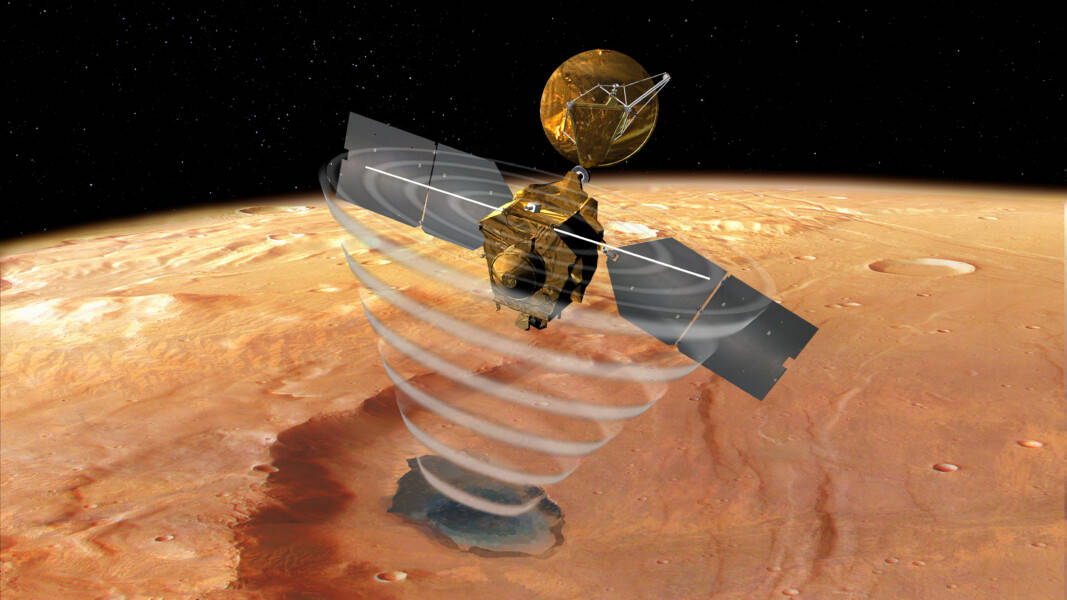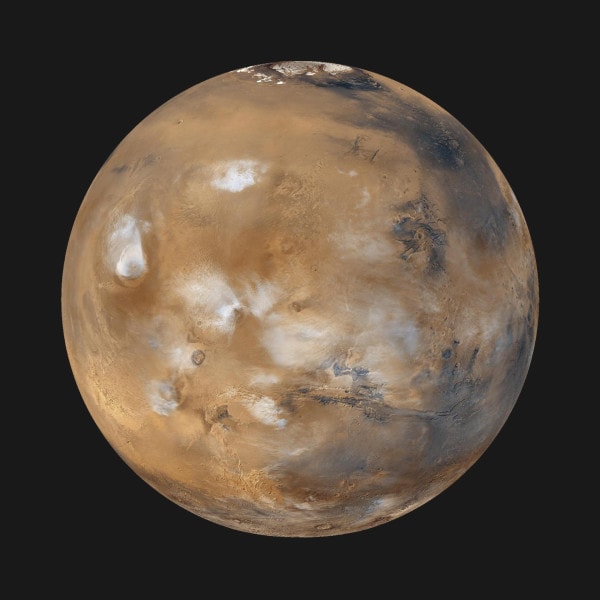Targets of Interest: Earth, Mars, Moon
Disciplines/Techniques: Climate, Field Work, Geology, Geomorphology, Mapping, Numerical Modeling, Planetary Interiors, Radar, Remote Sensing, Tectonics, Thermal Emission Spectroscopy, Thermal Modeling, Volcanism
Missions: Mars Exploration Rovers (MER) Opportunity And Spirit, Mars Express (ESA), Mars Global Surveyor (MGS), Mars InSight Lander, Mars Odyssey (Ody), Mars Reconnaissance Orbiter (MRO), Mars Science Laboratory (MSL) Curiosity, Phoenix Mars Lander (Phx)
Instruments: Cameras, Imaging Spectrometers, Radar Sounders (Sharad, Marsis), Thermal Spectrometers
Facilities: Colorado Shallow Radar Processing System (Co-Sharps), Planetary Orbital Radar Processing And Simulation System (Porpass), Thermophysical Analysis Tools For Mars Research (Marstherm)
Than Putzig has been studying the geology, climate, and resources of Mars with radar, thermal, and other spacecraft data since 2001. He has 14 years prior experience with terrestrial active-source seismic data in academia and industry. Than has expertise in processing, modeling, and interpretation of remote-sensing data and skills in software development and personnel and project management. A team member for the Shallow Radar (SHARAD) sounder onboard the Mars Reconnaissance Orbiter (MRO) since 2006, Than has served as the SHARAD U.S. and Deputy Team Leader since 2015. He and a team of colleagues have pioneered planetary three-dimensional radar imaging, beginning with the Martian polar caps. He has led or participated in numerous studies of near-surface physical properties of various Martian terrains, including polar caps, landing sites, and potential resources, with a focus on thermal and radar observations.


Left: Artist's concept of SHARAD operating at Mars. Credit: NASA JPL. Right: Cut-away view into a 3D radar image of the Martian north polar cap. Putzig et al. (2022).



















